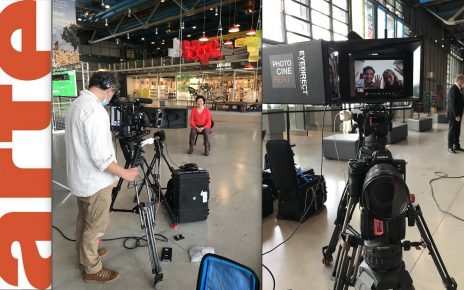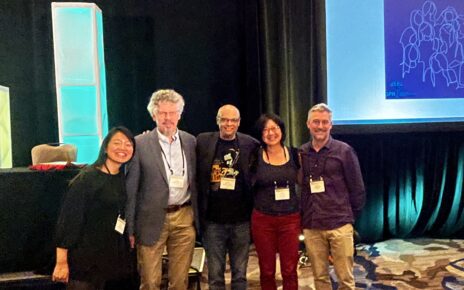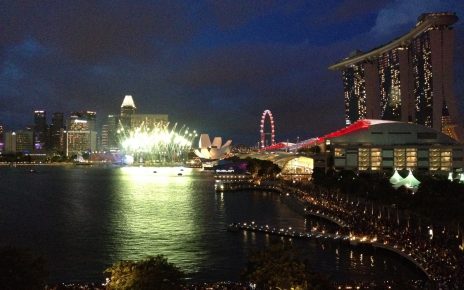COSMOS is one of 20 ERC projects on music featured at the European Research Music Conference organized by Xavier Serra 11-13 June 2018 at the Universitat Pompeu Fabra in Barcelona, Spain. The event was supported by ERC=Science², an EU-funded public engagement initiative. An exciting array of European Research Council (ERC) grantees gave presentations that were live streamed and archived.
The principal investigators each gave 25-minute talks about the projects, and invited collaborators to give 15-minute presentations or posters. I presented the COSMOS project. Related to COSMOS, former and current PhD students Jordan Smith and Vanessa Pope gave presentations on musical structure and performed structures, respectively. Abstracts and videos are given below.
Elaine Chew (Queen Mary University of London):The Quest for Musical Structure
Music performance is considered by many to be one of the most breathtaking feats of human intelligence. The creative work of performance lies in the making and shaping of music structures, and the quality of the performance can be linked to the unexpectedness, inevitability, and elegance of these structures. Here, structure refers to all forms of musical organization, from surface features to deeper ones, including musical entities and boundaries, and movements and arrivals. Examples include long-term intensity modulation, articulations that mark local groupings, weightings that indicate an upbeat or downbeat, and subtle changes of color amidst a sustained sound. With the view that structures are shaped in performance, I shall show a variety of forms that these structures take in performed music. Because structure emerges from musical thinking and reasoning, performance can be re-framed as an act of problem-solving. I shall show different ways to represent and conceptualize alternate solutions (interpretations) created in performance; the representations provide concrete measures of the extent to which a performer deforms musical space and time. The techniques will be shown to apply also to electrocardiographic recordings of cardiac arrhythmias. Finally, a duality paradigm offers a way to reverse-engineer the reasoning behind a structure solution.
Jordan Smith (University of Paris-Saclay & Institut de recherche et coordination acoustique/musique):Multi-dimensional views of music structure
Music grouping structure is typically viewed as a one-dimensional phenomenon: each point in time is assigned a single label, which tells you which other points in the music are similar and which are different. However, musical structure is richer than that: different instrument parts can set up independent patterns of repetition; and different musical attributes, like melody, harmony and timbre, can be salient at different times. I discuss two research projects exploring these broader views of music structure: in the first, we lay out a framework for estimating the structure of different instrument parts (including methods for generating ground truth, evaluation, and baseline results); in the second, we validate a technique for predicting which feature is most salient at different times.
Vanessa Pope (Queen Mary University of London):Patterns in performed speech
There has been little research into the craft of delivering speech to live audiences. Understanding how performers balance prepared material with flexible delivery benefits creative text-to-speech applications that aim for a conversational tone. We propose and implement a subsequence matching methodology to identify how a professional stand-up comedian varies and repeats material across performances of the same show. The generalisable methodology highlights how a performer transitions into and out of prepared material by locating matches between performance transcripts, and between the transcripts and source text. Mapping consistent subsequences identifies how subsequences are deliberately and spontaneously broken, revealing aspects of a show’s structure.




